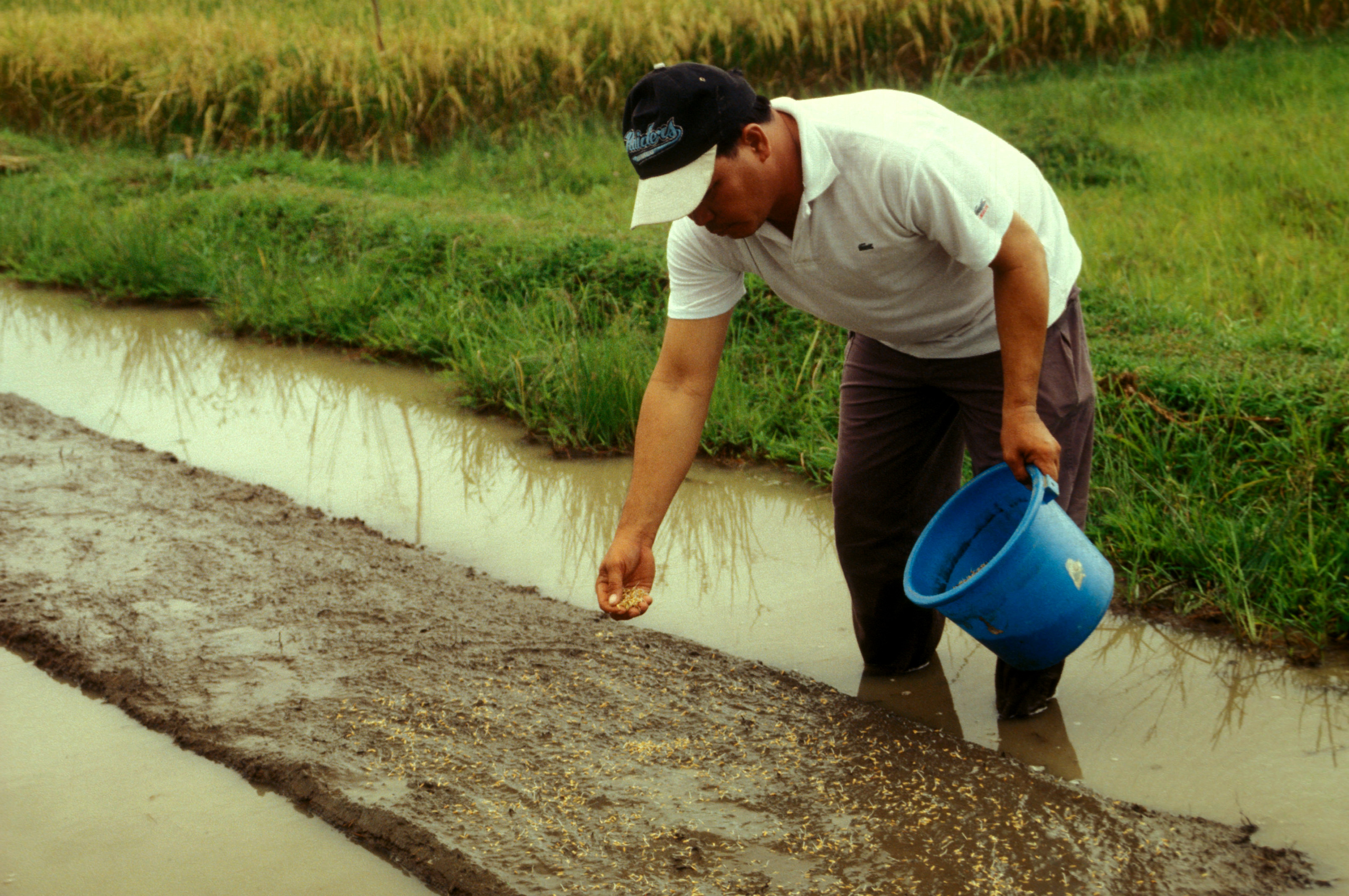IRRI, BASF eye wider adoption of direct seeding in Asia

In 2017, the International Rice Research Institute (IRRI) and BASF signed three agreements aiming to allow more farmers in Asia to access direct-seeded rice tools and non-genetically modified, herbicide-tolerant rice varieties.
In optimal conditions, direct seeding can be a more efficient alternative than manual rice transplantation, requiring less resources such as water and labor. However, major challenges involved in this approach include weed infestation resulting in lower yield and limited adoption in Asian countries.
IRRI and BASF's partnership paves the way toward (1) a public-private research and development consortium for direct-seeded rice (the “DSR Consortium”) and (2) the development of herbicide-tolerant rice varieties that can thrive in Asian agro-climatic conditions.
The DSR Consortium aims to test and develop a comprehensive technical package of best agronomic practices for DSR in Asia, along with good stewardship practices. The results of the DSR Consortium will be made available to the public in order to widen DSR adoption across Asia.
The additional two agreements will facilitate the development of non-genetically modified, herbicide-tolerant, hybrid rice varieties that will contain the BASF’s traits Clearfield and Provisia. These traits will be introduced into elite parental lines developed by IRRI’s Hybrid Rice Development Consortium (HRDC). The best herbicide-tolerant lines will be commercialized in Asia.
The new varieties developed will be available to HRDC members for commercial use in Asia upon obtaining a royalty-bearing license from BASF and IRRI. Commercial terms are to be determined and negotiated with each party . Once the varieties have been introduced into the market, a reputable and independent consultant will assess their impact on farmer profitability, productivity, and ecological sustainability.
The agreements governing the use of BASF traits Clearfield and Provisia constitute Restricted Use Agreements, as defined in the CGIAR Principles on the Management of Intellectual Assets.